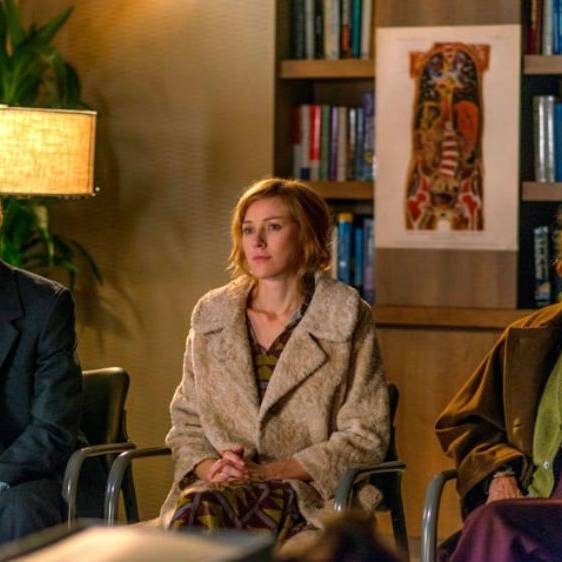
So often in movies, scenes, where women hook up with other women, are embarrassingly gratuitous.
In the run-up to the Atomic Blonde’s release, Charlize Theron was asked on Watch What Happens Live with Andy Cohen, ‘why it’s “so important” that her character is bisexual in the movie to which the actress candidly responded: “Why not? I mean, it’s just so strange when we talk so much about it, it should be normalised by now.
“It’s something that isn’t represented enough in cinema. If you’re gonna make movies and you’re gonna hold a mirror to reflect society… you should reflect society.”
The thing is, while the Oscar winner’s comments are right on the money – it really shouldn’t be a big deal that an action hero can be sexually fluid in this day and age – it is, as it’s something that still goes relatively unseen in film. But Atomic Blonde shouldn’t just be championed for including a queer protagonist, no. It should be applauded for how well it includes such a character instead.
Critics have praised its action sequences and soundtrack but its story has not been so well-received. Atomic Blonde’s plot is simple; Theron plays elite MI6 agent Lorraine Broughton, who is sent to Berlin at a time of great geopolitical tension, to investigate the death of a fellow spy.
There, she aligns herself with David Percival (James McAvoy) – a colleague stationed in the German capital – and sets out to expose the double agent and retrieve the valuable dossier that got her associate killed.
Throughout her time in Berlin, Lorraine notices that she’s being followed by a mysterious brunette after she keeps seeing the same woman popping up wherever she goes. Said “stalker” is Sofia Boutella’s character Delphine Lasalle, whom Lorraine ends up sleeping with.

There’s absolutely NO eye-opening realisation in the form of a sexual encounter; no cringe-worthy remarks or star-crossed lovers’ story to be told here, miraculously. Boutella and Theron’s on-screen fling is just that; a fling and it’s monumentally refreshing to see such a mature response to attraction – particularly an attraction between two women – in a mainstream summer blockbuster.
That’s not to say, Lorraine and Delphine’s doesn’t differ from the kind of brief, a sexual relationship seen in existing spy movies, however. The latter is not merely a “Girl” to Lorraine’s “Bond”, and the different dynamic it creates between the film’s lead and her love interest shows why the match is anything but gratuitous.
Delphine herself, is a French operative and is essentially Lorraine’s equal when it comes to their shared profession. Granted, she’s a rookie but never-the-less, she knows how the game works and is all-too-aware that Lorraine is keeping her at arms-length emotionally. The same can’t be said for more naïve – and scantily-clad – women that have so often been seduced by male spies in movies, only to be killed immediately after the deed or never to be seen again.
Somewhat uniquely, Delphine also serves a purpose to Atomic Blonde’s plot, other than just to prove how irresistible Charlize Theron is. (As if we needed convincing anyway).
Throughout the 007 franchise, Bond Girls have become nothing more than a rolling, compulsory element that screenwriters just don’t have the guts – or the freedom – to nip in the bud and literally all their scenes do, is a showcase that ol’ James doesn’t just always get his man, he always gets a girl too. In Atomic Blonde, Lorraine’s intimate scenes with Delphine offer up another side to her that viewers might not have otherwise seen.
She never quite lets her guard down, but she’s a lot softer and more open with Delphine. It’s evident that she trusts her a little more than she might a man. In fact, their first interaction has Delphine claiming that Lorraine “looked like she needed saving”; a wonderful ironic comment on their roles in the movie as well as a typical spy thriller and damsel-in-distress tropes.
Allowing cinema-goers to see that this platinum-haired ice queen does have a moral compass pushes the story forward and helps you empathise with her. Their relationship is undoubtedly necessary, as, for the most part, Atomic Blonde is a bloody, brutal and cold depiction of espionage, led by a woman who likes her liquor as hard as she throws her punches. We had to see her heart somehow, right?



